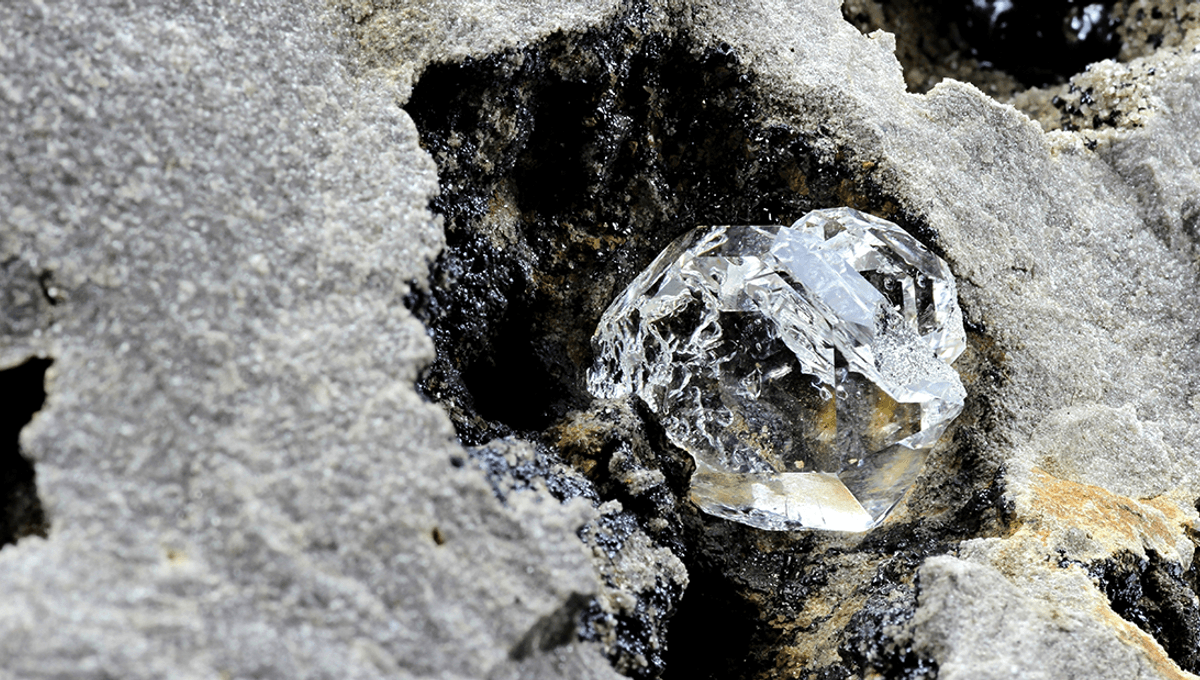
A team of geologists has recently found a way to locate where diamonds, one of the most expensive gemstones in the world, could form.
Diamonds, the hardest naturally occurring material we have found, can only be created at the immense pressure and high temperatures found deep within the Earth. We know that they are – quite rarely – pushed to the surface in molten rock called kimberlite. However, there are two competing theories as to what causes this rush of kimberlite that brings diamonds to the surface.
In a recent study, the team looked at those theories. “One proposes that kimberlite magmas exploit the ‘wounds’ created when the Earth’s crust is stretched or when the slabs of solid rock covering the Earth – known as tectonic plates – split up,” study author and Associate Professor in Earth Science at the University of Southampton Thomas Gernon explained in a piece for The Conversation.
“The other theory involves mantle plumes, colossal upwellings of molten rock from the core-mantle boundary, located about 2,900km [1,802 miles] beneath the Earth’s surface.”
Neither theory can completely explain how magma is able to find its way through the Earth’s crust, or the makeup of the resulting kimberlite. Using statistical analysis and machine learning, the team analyzed the breakup of continents and how it relates to the formation of kimberlite, discovering that most kimberlite volcanoes erupt 20-30 million years after tectonic breakups.
“It also added a major clue,” Gernon added. “Kimberlite eruptions tend to gradually migrate from the continental edges to the interiors over time at a rate that is uniform across the continents.”
Using further computer models, the team concluded that diamond eruptions are the result of a “domino effect”. As continents drift away from each other, rifts of thinned crust are formed. As this happens, regions of thick, cold rock sinks down into the hot magma below, causing an upwelling of the mantle, and triggering similar flows in nearby continents.
“Various other results from our computer models then advance to show that this process can bring together the necessary ingredients in the right amounts to trigger just enough melting to generate gas-rich kimberlites,” Gernon explained. “Once formed, and with great buoyancy provided by carbon dioxide and water, the magma can rise rapidly to the surface carrying its precious cargo.”
As well as being a cool study in its own right – who doesn’t want to know about diamond explosions in the Earth’s crust? – it could have a practical application in locating diamonds.
“The processes triggering the eruptions that bring diamonds to the surface appear to be highly systematic,” Gernon said. “They start on the edges of continents and migrate towards the interior at a relatively uniform rate.”
Other rare elements could be found in the same way.
The study is published in the journal Nature.
Source Link: When Continents Break Up, Diamonds Can Shoot Up Through The Earth's Crust